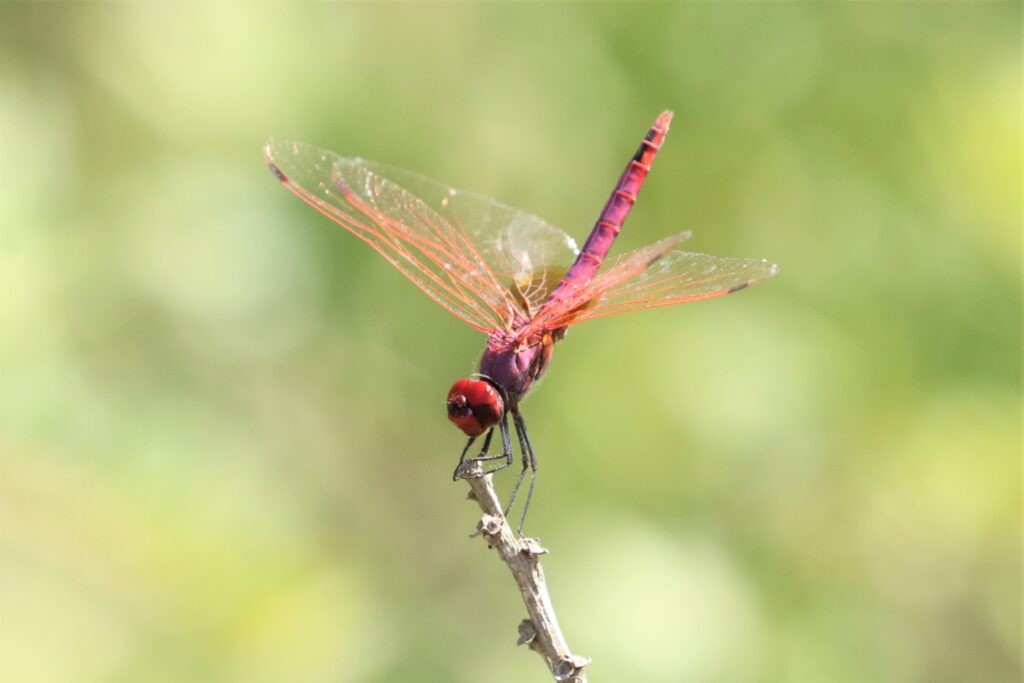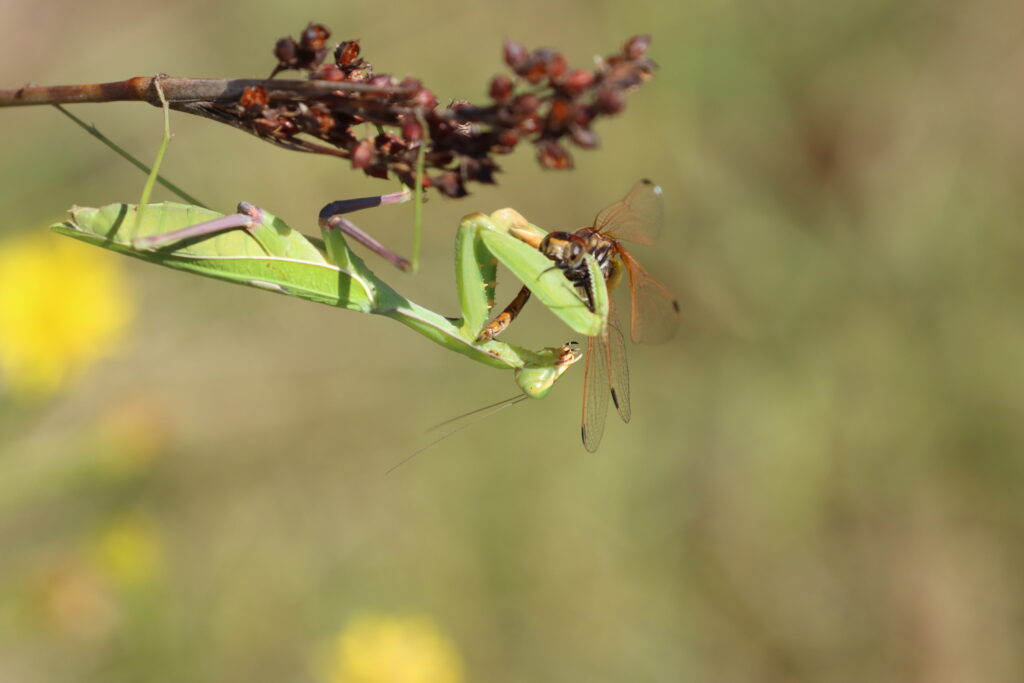Mallorca Birdwatching Trip Report – Sept 2022
If you are wanting to experience Mediterranean birdwatching then you need look no further than the island of Mallorca. Set in the northern Mediterranean off the coast of Spain, Mallorca is a great place to ‘cut your teeth’ with species associated with the Mediterranean area. We normally go in the last week of April or early May, but on this occasion we decided on an autumn excursion. Flying from Bristol Airport, we booked with Easy Jet holidays and stayed for four nights at the BQ Holiday Village in Alcudia. The cost included bed, breakfast, evening meal, flights and transfers from Palma airport.
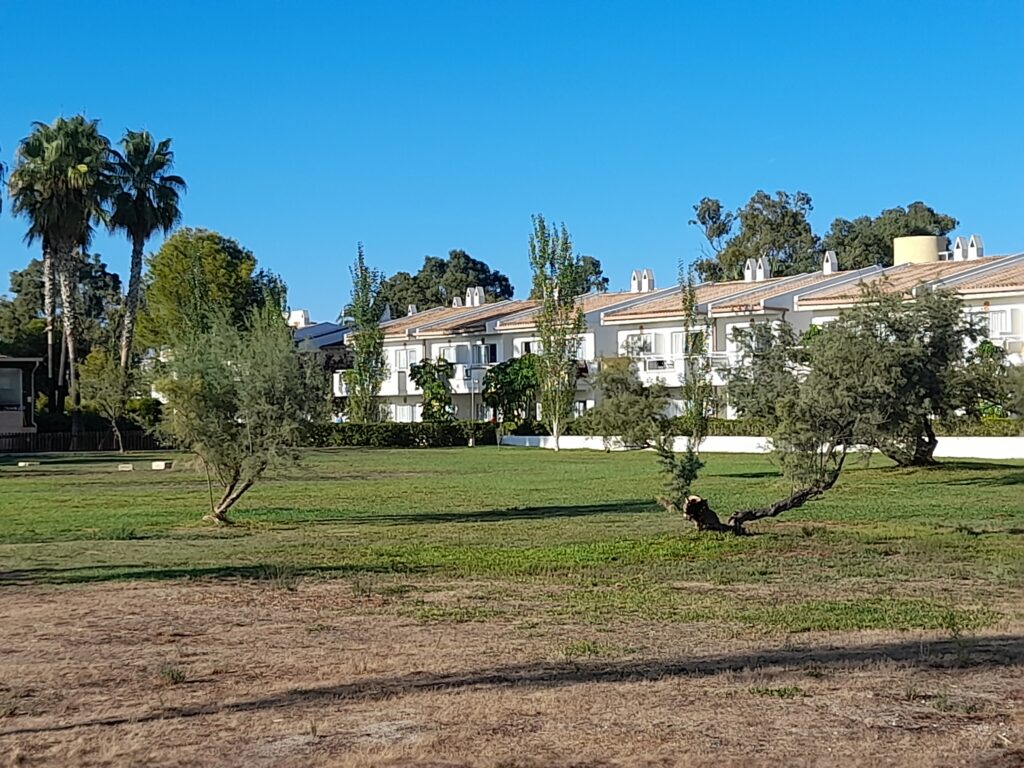
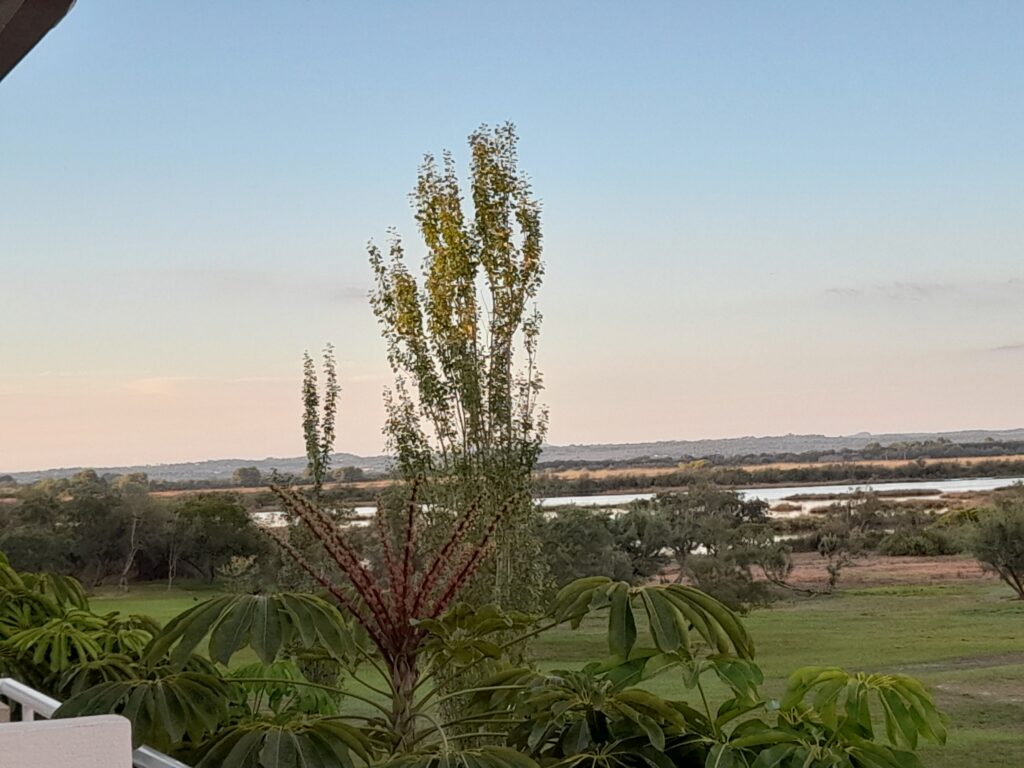
We arrived in the early hours of 16th September and were pleased to find we had been upgraded at no extra cost, to an apartment room from our booked double room. After a long journey we were happy to get into bed and made no attempt to get up too early. Fortunately our balcony looked straight out onto the S’albufera nature reserve and we were soon racking up the species for our ‘balcony list’. This included, Greater Flamingo, Black-winged Stilt, Purple Heron, Audouin’s Gull, Yellow-legged Gull, Cattle Egret, Mediterranean Flycatcher, Pied Flycatcher, Sardinian Warbler, Marsh Harrier, Night Heron and Kingfisher! We also heard Scops Owl early one morning calling in the hotel grounds.
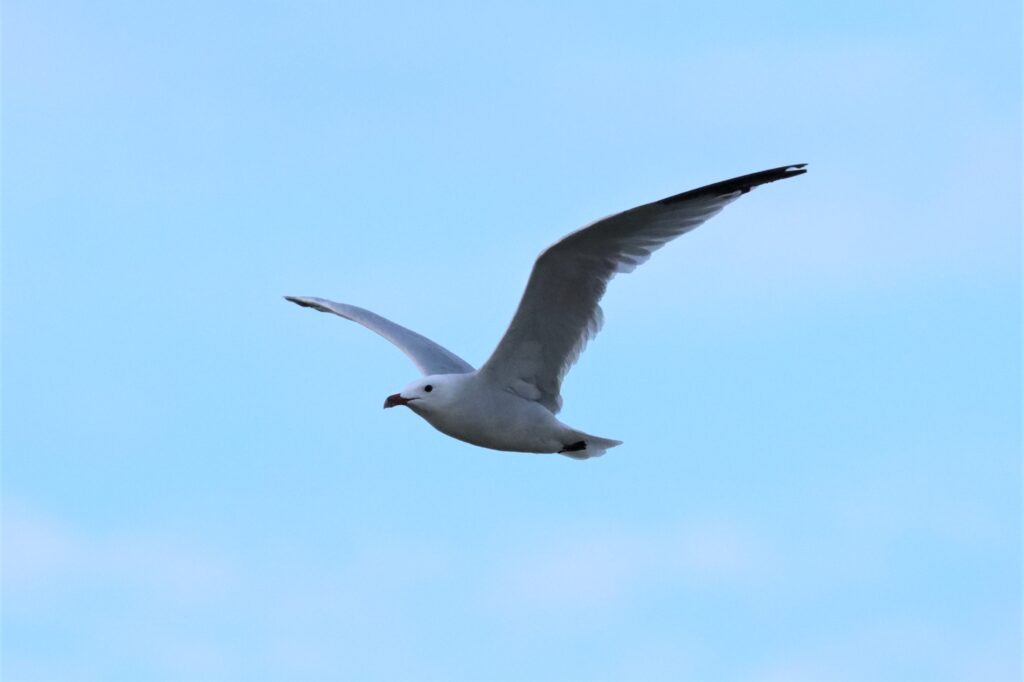
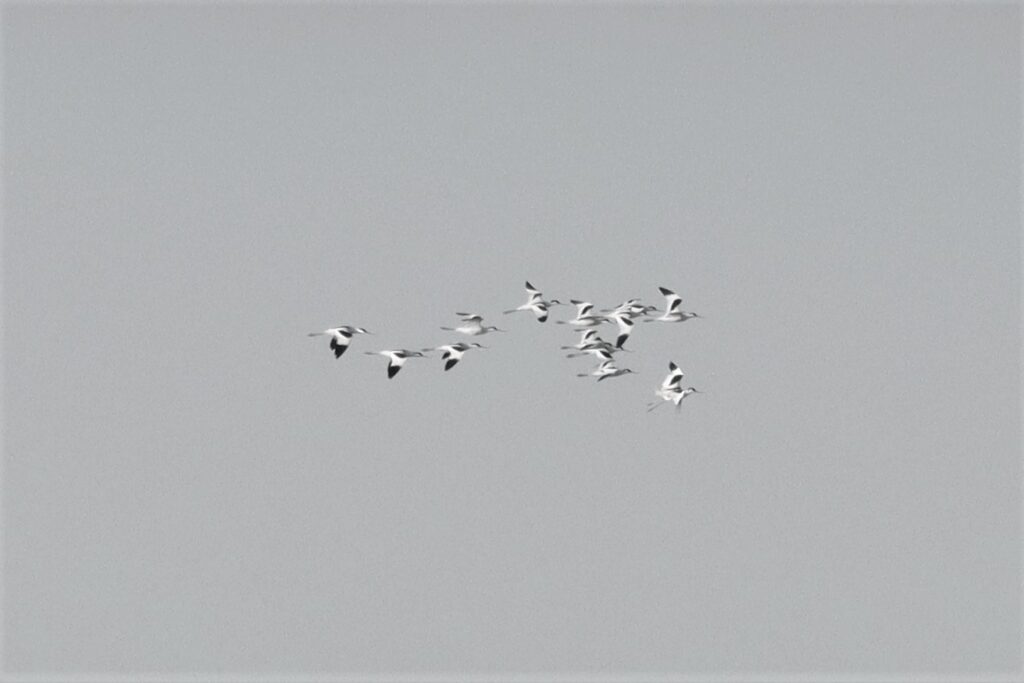

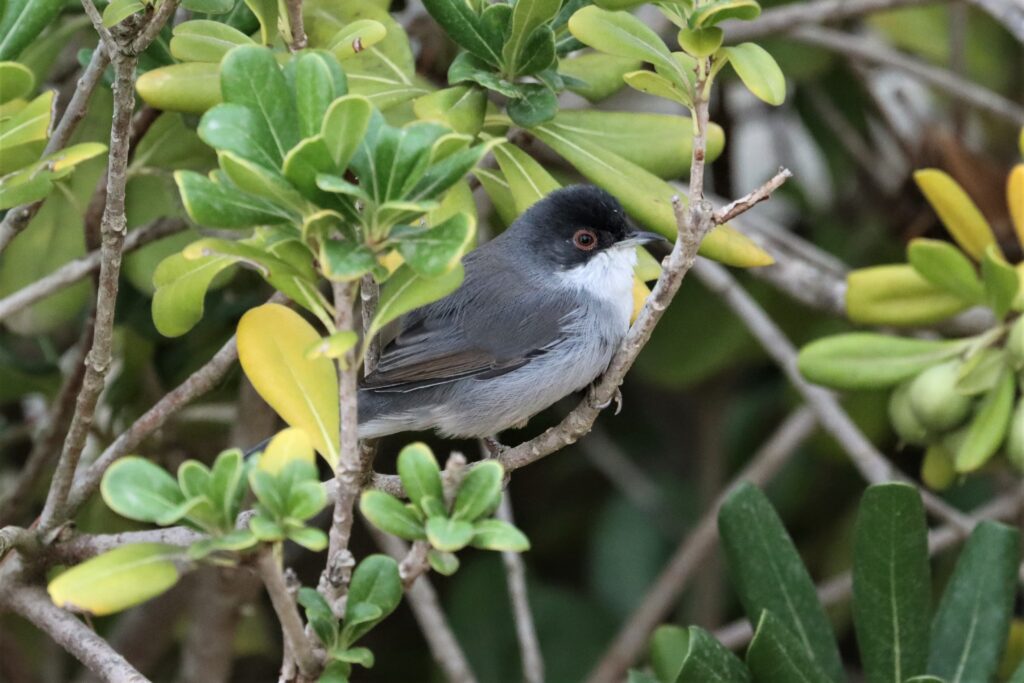
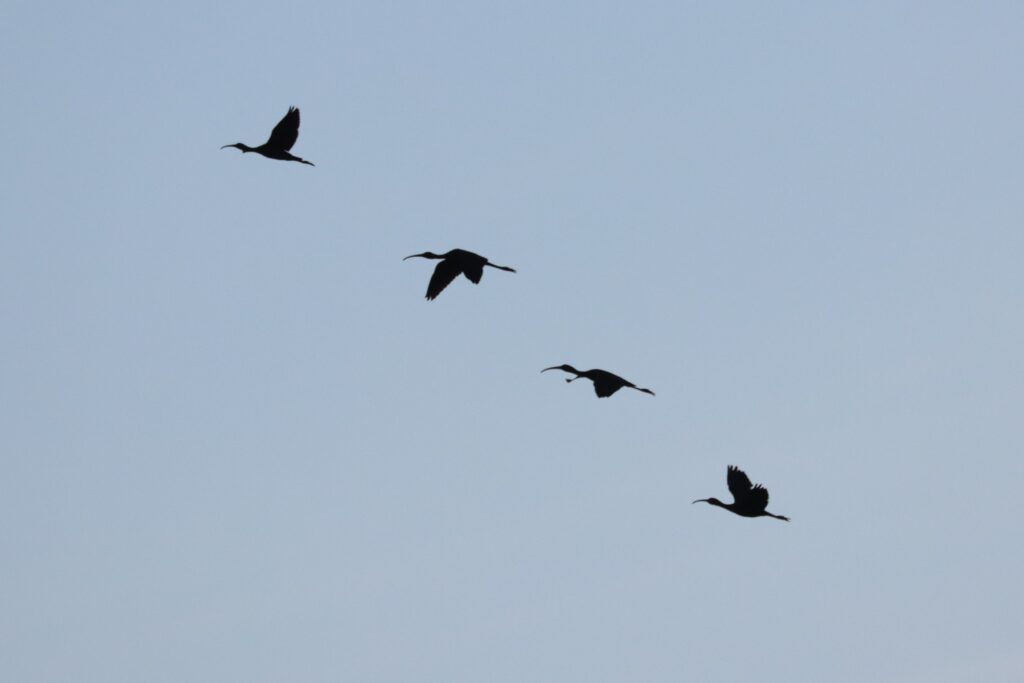
We always base ourselves in the north of the island and Alcudia is ideal being situated between two birding hotspots. Firstly, to the east, the S’Albufera Parc Natural, which is a huge reed bed and wetland reserve (imagine RSPB Ham Wall on steroids!) and to the west, the famous Boquer Valley, an amazing mountainous valley with dry valley bottom leading to the sea. In the middle there is the smaller Albufereta reserve just east of Pollenca, which is another wetland reserve with pools and viewing platforms. We didn’t visit there on this occasion due to time constraints and there is nothing there that can’t be seen at the other reserves.
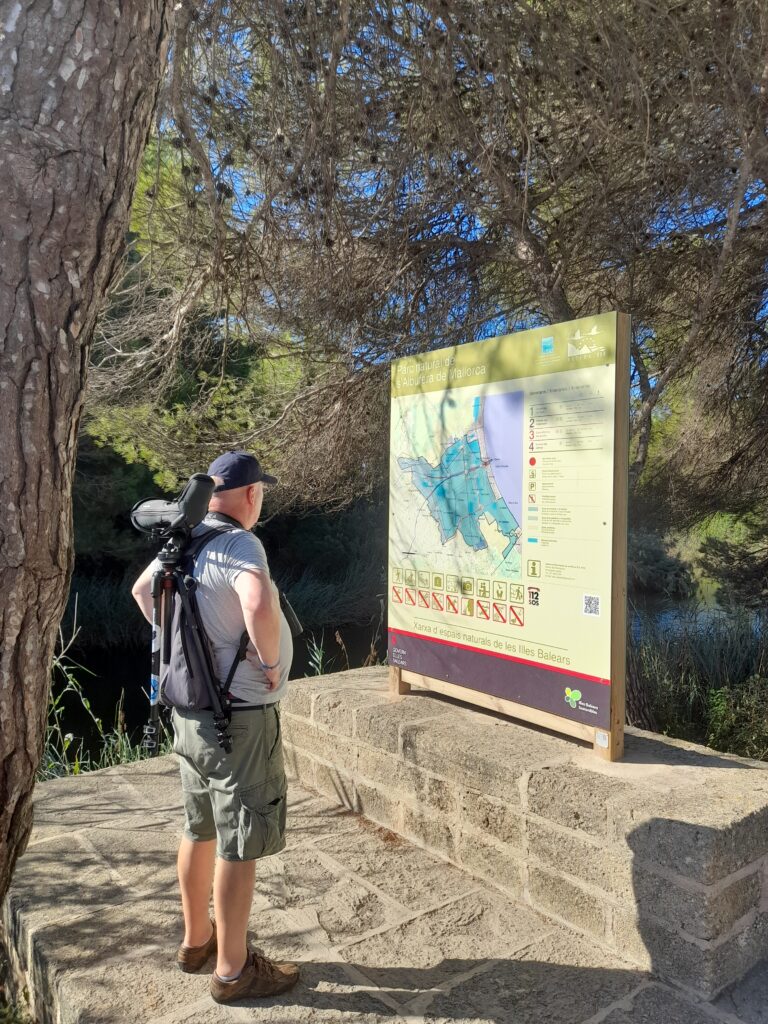
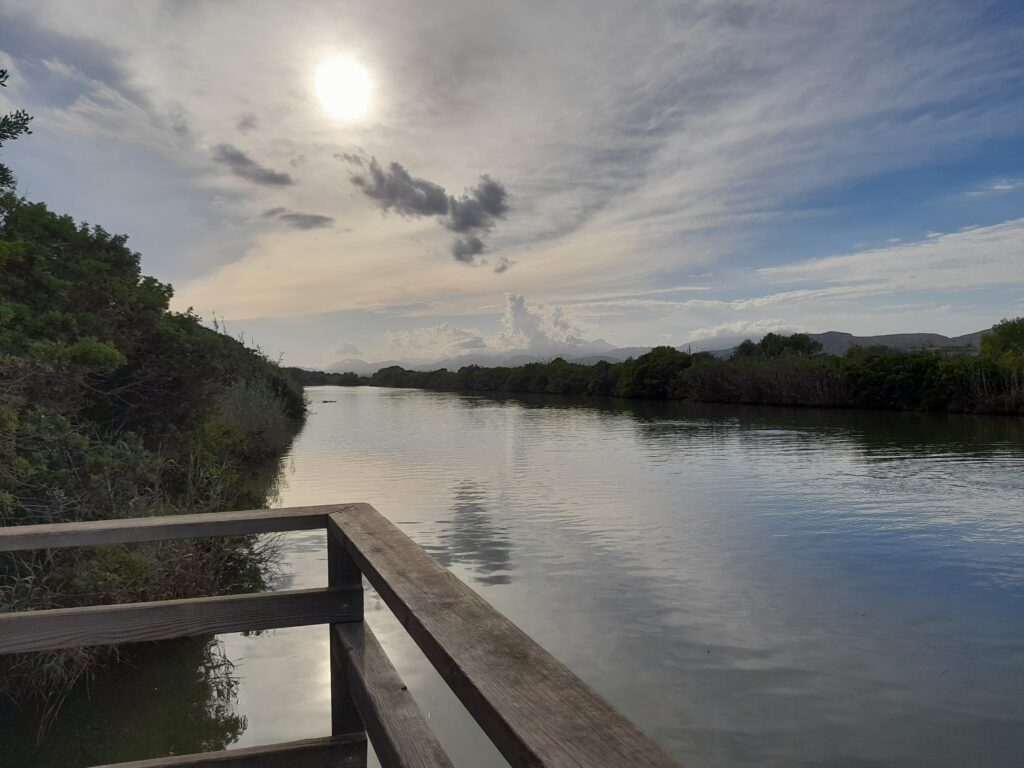
The S’Albufera Parc Natural
Day 1, 2 and 4 were spent at S’Albufera. You can spend two days on the reserve and still not cover it all! The main gate leads down to the visitor center and from there there are a number of hides nearby all overlooking scrapes and shallow marshy areas. Running through the center of the reserve is a large canal, lined with reed and trees that hold Night Heron (we counted 35 one evening), Little Bittern, Squacco Heron, Glossy Ibis, Cattle Egret, Grey Heron, Western Swamphen (Purple Gallinule) and numerous Kingfishers. On the canal we saw, Red-crested Pochard, Marbled Duck, Pochard and Mallard. South of the visitor center there are three hides overlooking the same scrape. This area is great for passage waders and we saw Ruff, Curlew Sandpiper and Wood Sandpiper amongst the resident Greenshank, Spotted Redshank, Kentish Plover, Little Ringed Plover and Black-winged Stilts. There had been 2 Pectoral Sandpipers the day prior to our arrival. There were lots of duck here too with hundreds of Shoveler, Eurasian Teal, 3 Garganey, Shelduck, Gadwall and Marbled Duck. Fan-tailed Warblers can be seen all over the reserve but a juvenile showed down to a few feet in front of the hide here! The grassy area between the hides held a few Northern Wheatear and Glossy Ibis were everywhere. Marsh Harriers were the most common bird of prey on the reserve and we saw at least 4 Ospreys, one on a nesting platform that didn’t move the who;e time we were there! Kestrel was the only small bird of prey on the reserve but we also had Booted Eagles, Red Kite and two Griffon Vultures overhead during our visits.
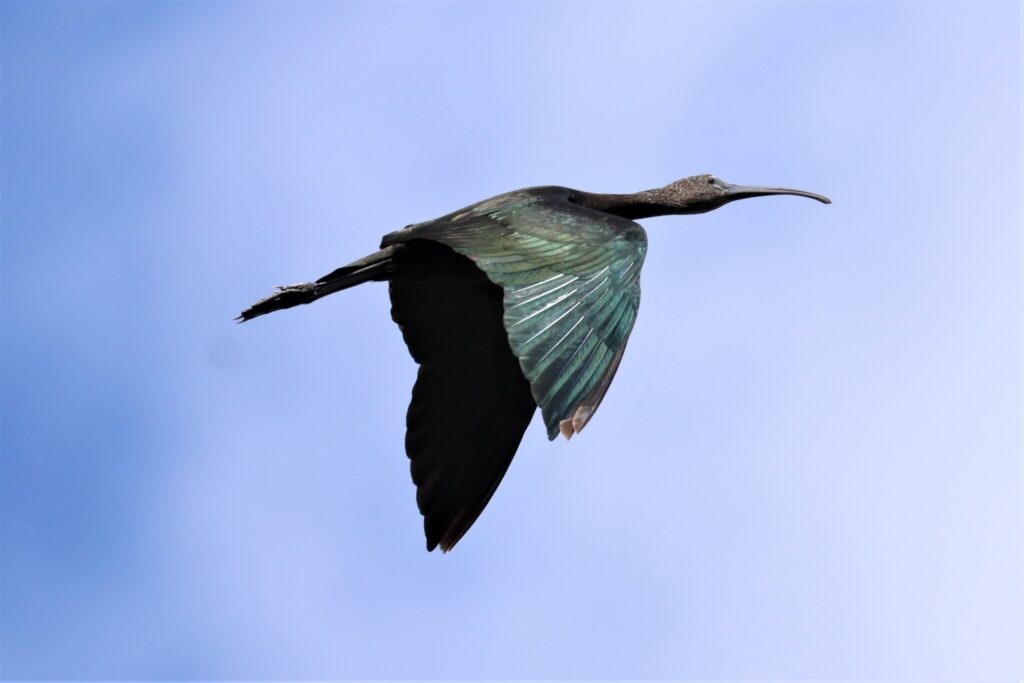
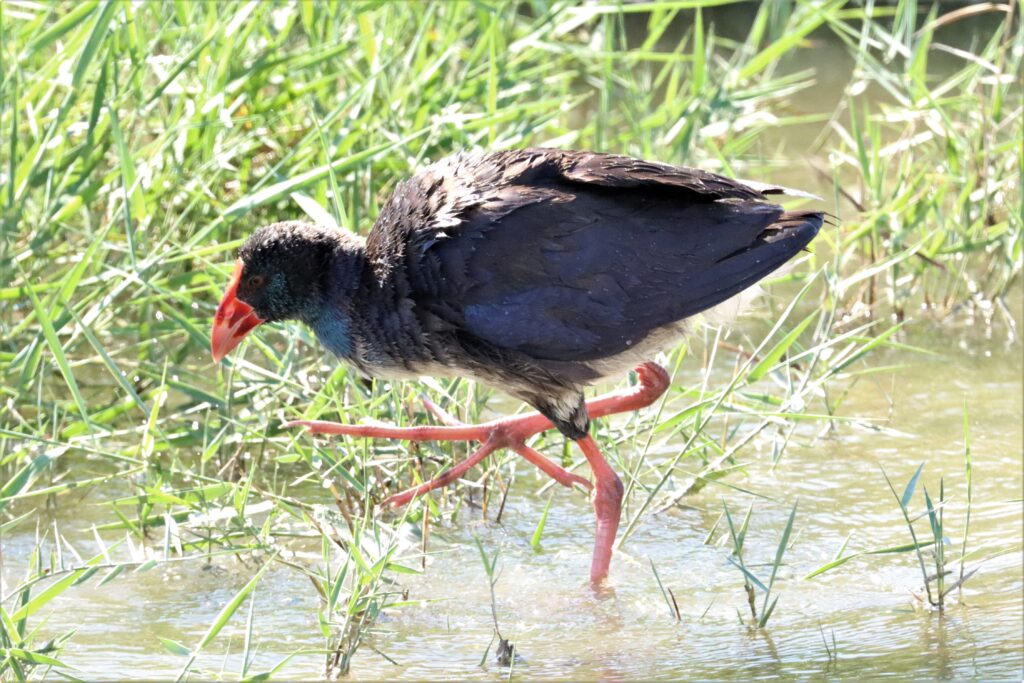
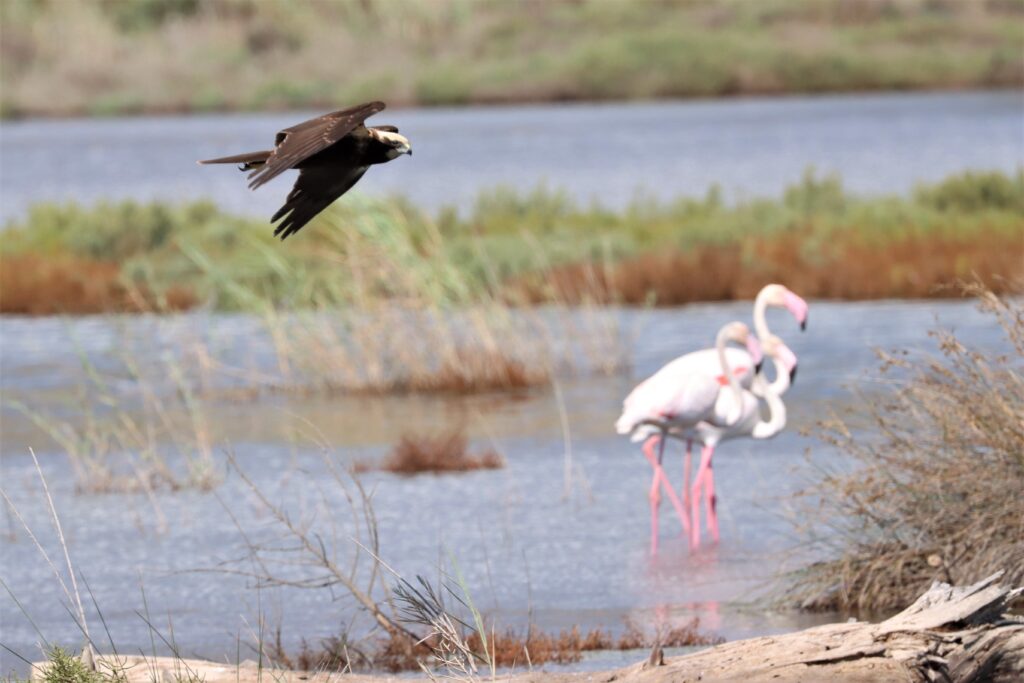
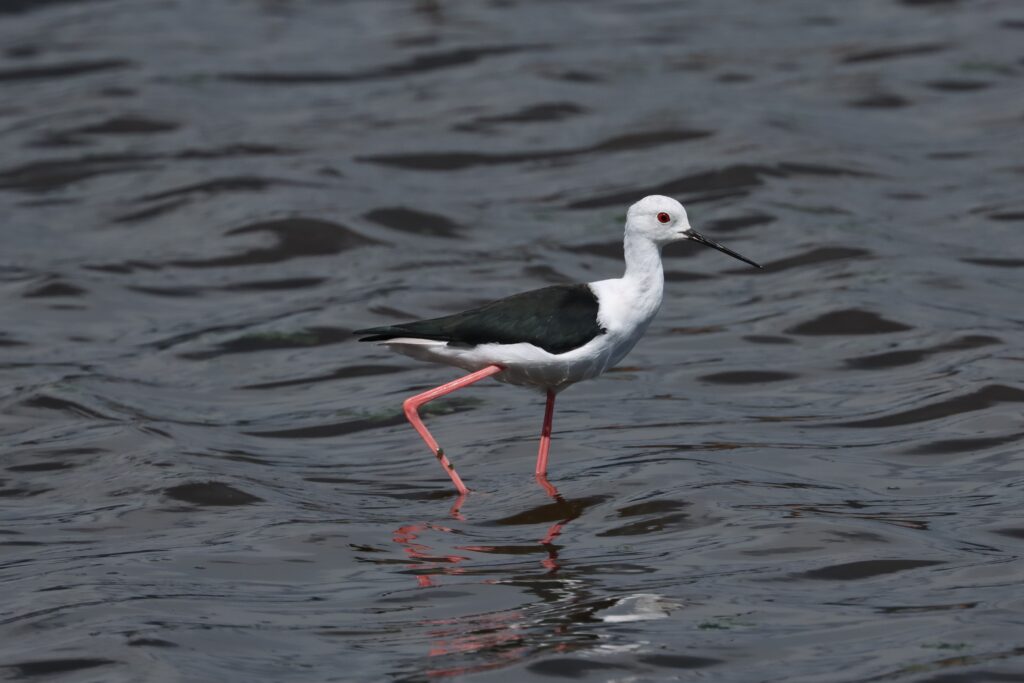
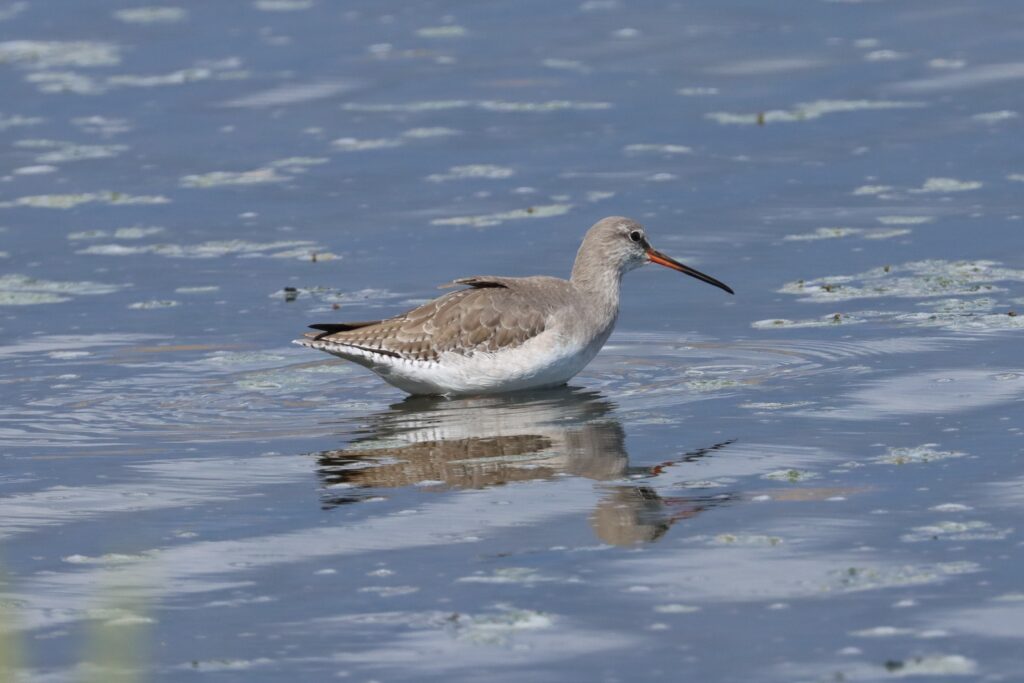
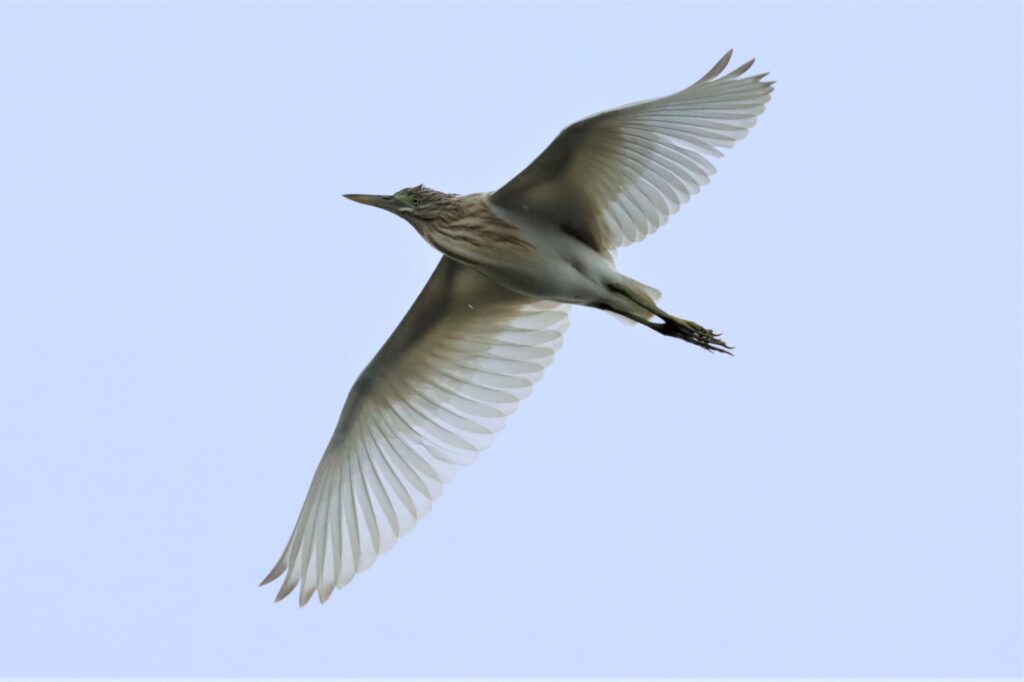
On the other side of the canal there are further hides and viewing platforms looking across the marshy north of the reserve. The water here is deeper and holds bigger numbers of waders including 80+Black-winged Stilt, Green, Common and Wood Sandpipers, Black-tailed Godwit, Ruff, Dunlin, Curlew, Kentish, Little Ringed and Ringed Plover, Avocet, Common Snipe, 25+ Spotted Redshank and Greenshank. And you can’t miss the fabulous Greater Flamingos!
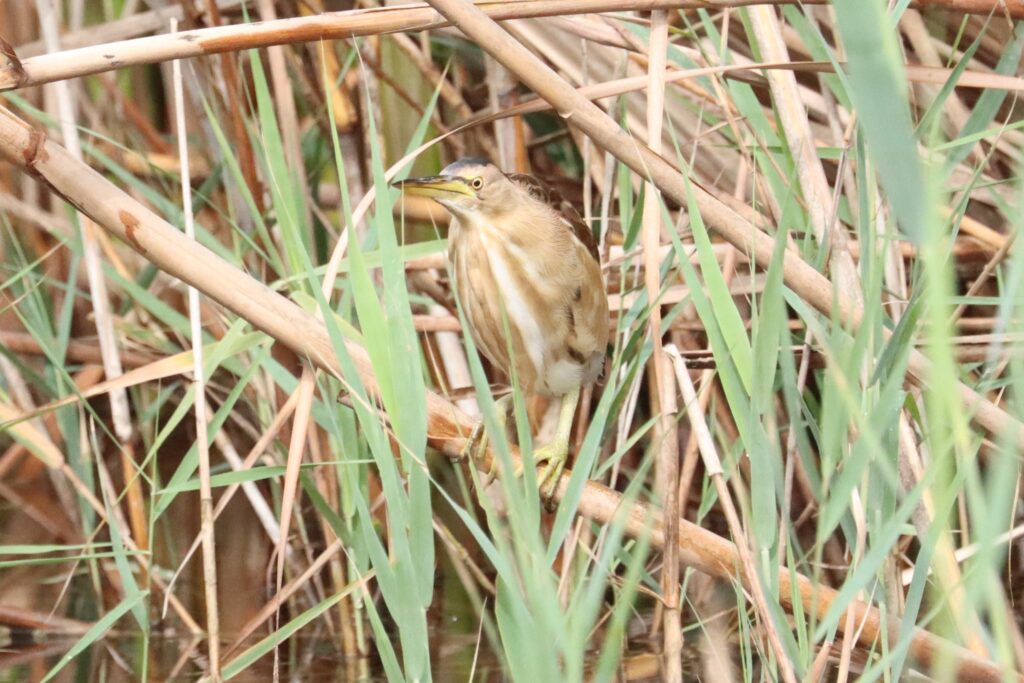
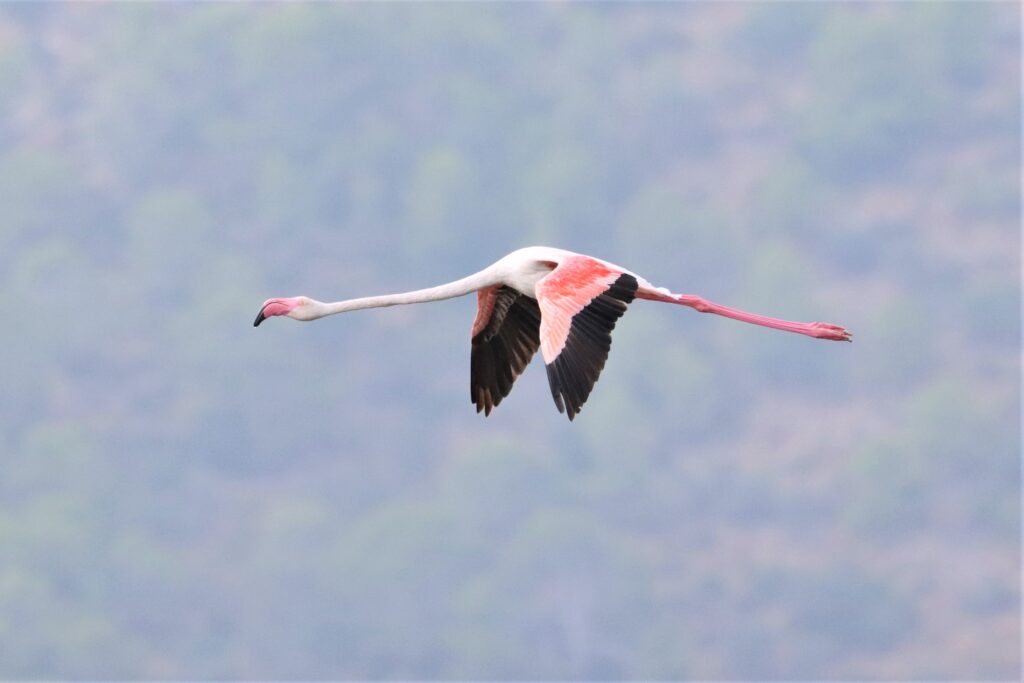

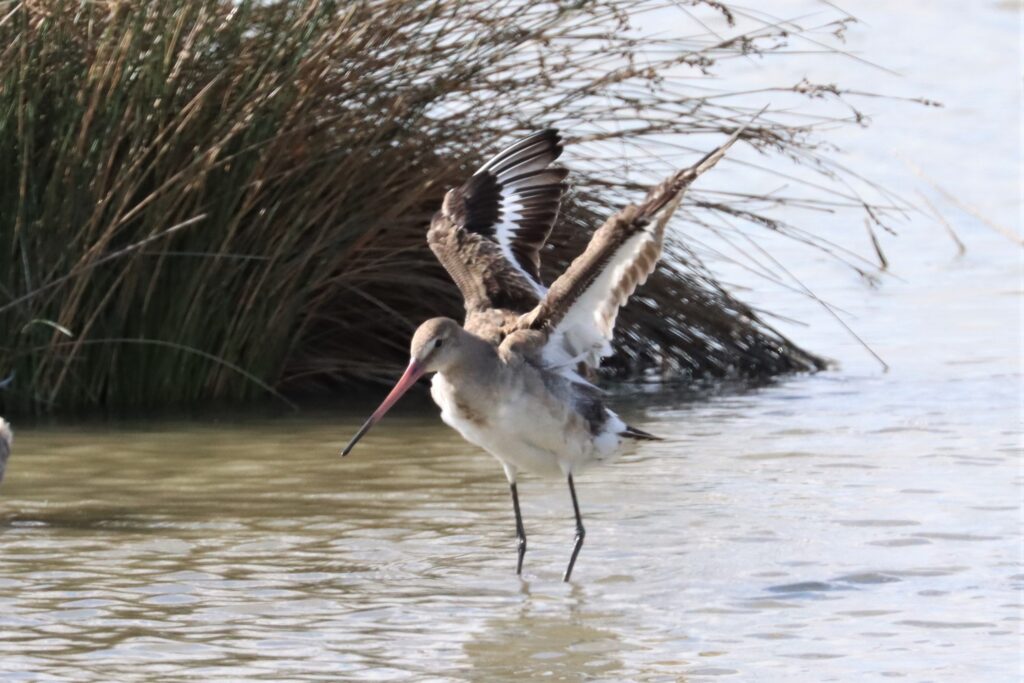

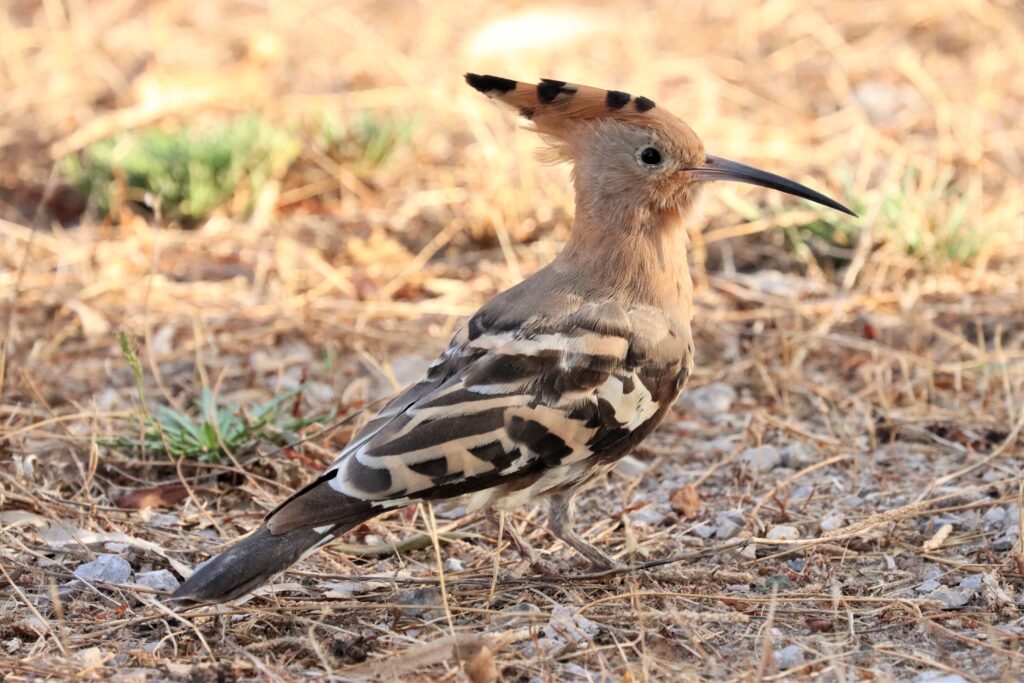
Behind the visitor centre is another small pool with a notice board with information about the reserves re-introduction species. One of these, the Red-knobbed Coot can be found on this pond and the surrounding reeds and scrub hold Great Reed Warbler, Nightingale, Cetti’s Warbler and Eurasian Reed Warbler. We saw quite a few Hoopoes in this area too.


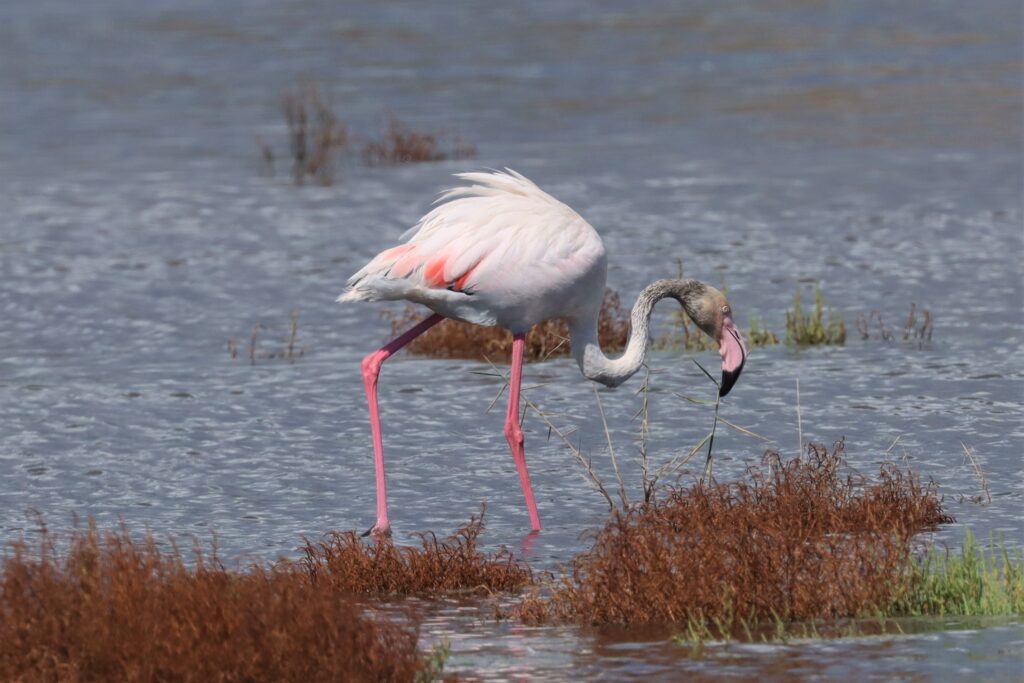
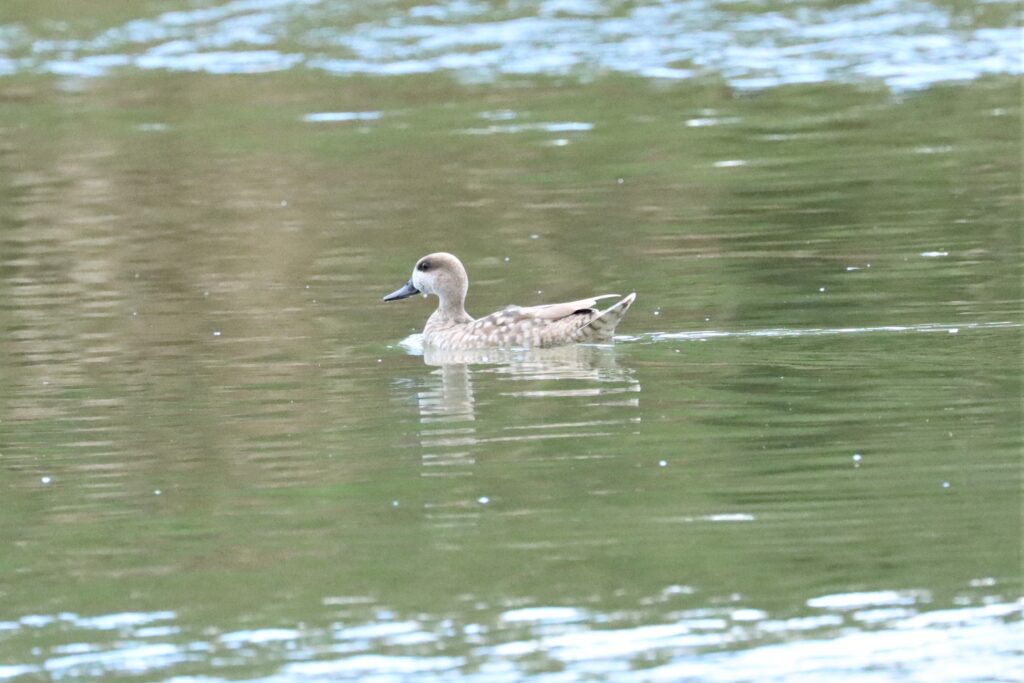
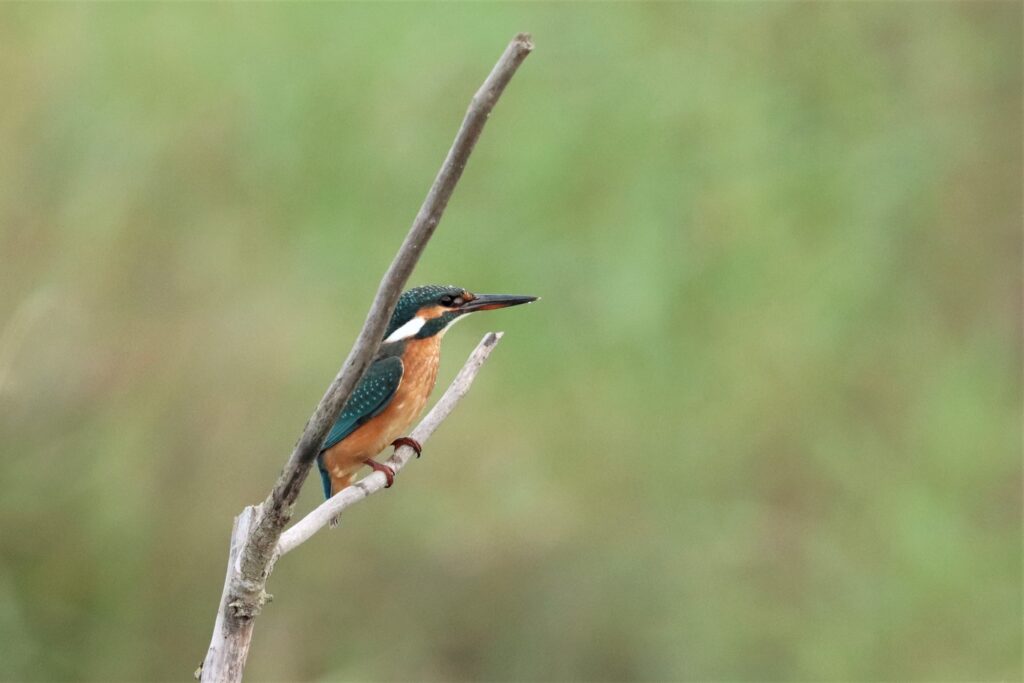

Ses Puntas and S’Amarador
On day two we walked the footpath south from the centre to Ses Puntas and S’Amarador. This is still part of the reserve but be prepared, its is a long walk and it would have been better to hire bikes for the day to get there. To walk the whole outer footpath of the reserve would take up to four hours and for the majority there is nothing but high reeds on both sides of the path. However, the Ses Puntas area proved fruitful as we found a European Roller in the field on the right just before the woodland. The field also provided us with our first Balearic Woodchat Shrike and Whinchat and three juvenile Serins. The woodland area was quiet other than two Hoopoes and the odd Sardinian Warbler. At S’Amarador there is a large deep water pool surrounded by huge reeds, which looked promising but held nothing but Coot and a few ducks. There is a Mute Swan here of dubious origin and the adjacent fields held Little Ringed Plover, another Woodchat Shrike. There is a good panoramic view from the platform here which is great for watching raptors. We had great views of Booted Eagles and Red Kites from here before the long walk back!


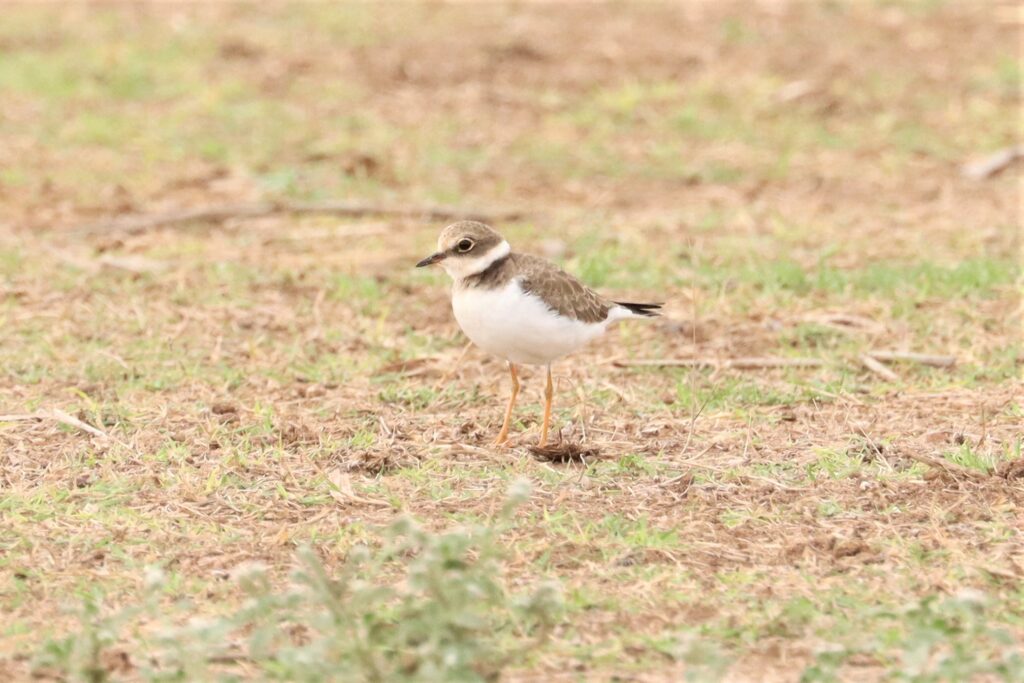
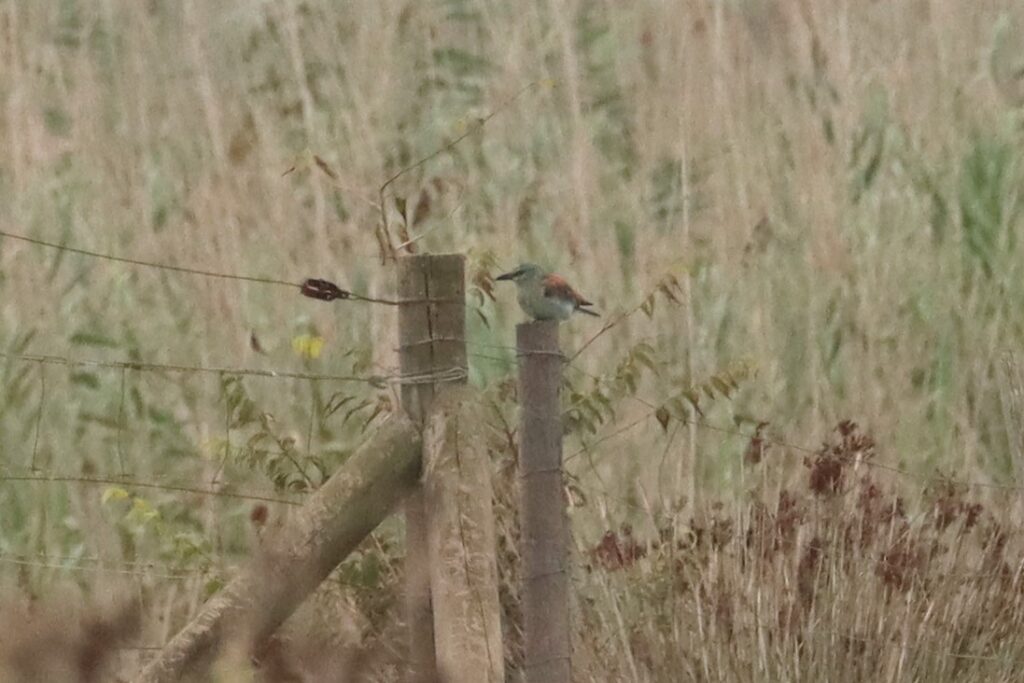
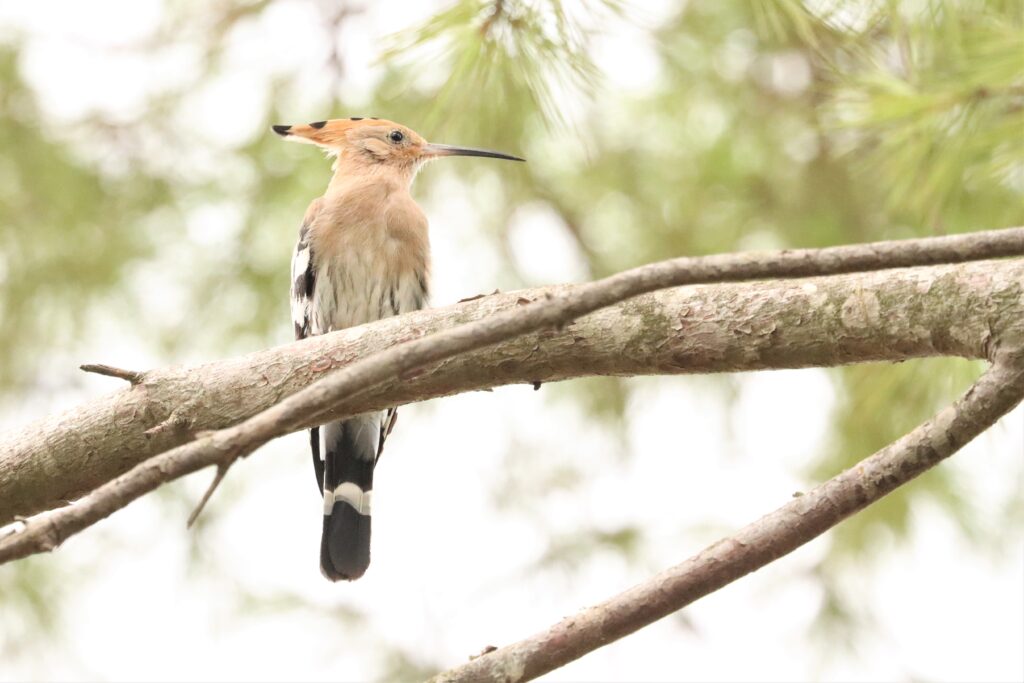
The Boquer Valley
Our 3rd day was spent in the Boquer Valley. With a mountain range on either side this is a superb migration hotspot in both Spring and Autumn. We took a Taxi from Alcudia to Pollenca, which was about 25 euros and found the entrance to the valley. Serins were in good numbers here and we soon found Crag Martins circling the ridges above us. From the Finca (farm) we scanned the mountains and picked up 4 Griffon Vultures and numerous Cinereous (black) Vultures. A couple of Red Kites and Peregrines were also seen in this area and our first Blue Rock Thrush was in fields below the Finca. Numerous Wrynecks could be heard calling but we only saw one bird distantly. The valley itself was alive with migrants and we counted over 60 Common Redstarts, Pied and Spotted Flycatchers and bird of the day, a 1w male Black-eared Wheatear high up on the ridge. On the slope down to the beach we finally picked up a few elusive Balearic Warblers, seeing up to 15 birds in total. At the very end of the valley, Eleanora’s Falcons could be seen chasing tired migrants and their calls echoed around the valley. As did that of a couple of juvenile Booted Eagles that flew close overhead. The valley itself was very busy with tourists making their way to and from the beach. And it was extremely hot! In hindsight an earlier start would have been beneficial.


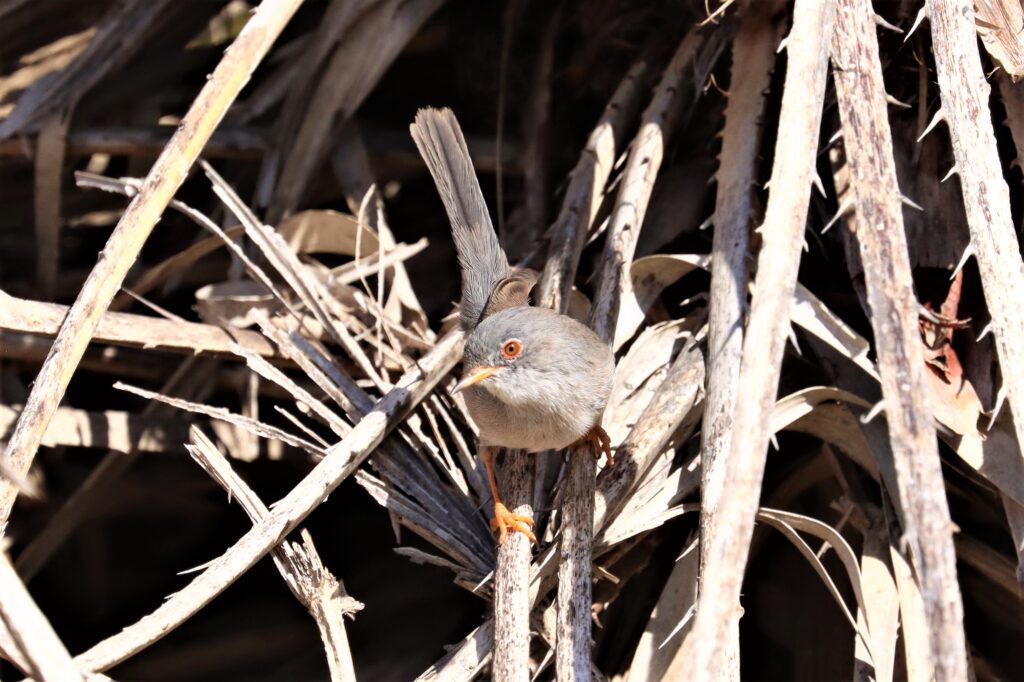


The Depuradora
Our final day was spent at Depuradora at the eastern end of the reserve. Despite being part of the Parc Natural, it is not accessible from the main reserve due to the gate being inexplicably locked. So, we traveled by taxi for about 9 euros and walked from the Bus depot towards the water treatment works. This is a fantastic farmland area and we soon picked up over 30 Stone Curlews in a field with 4 Thekla’s Larks, some of which were singing and showing at close range. The gardens along the road held good numbers of Tree Sparrows, Serin, Fan-tailed Warblers and Sardinian Warblers and our first Pallid Swifts hawked overhead. The waterworks were fairly quiet but still held Coot, Marbled Duck, Glossy Ibis, Little Ringed Plovers, Yellow-legged Gull and Common Sandpiper. One of the adjacent fields had over 150 ‘flava’ Wagtails, Whinchats, Wheatear and a Pied Flycatcher.
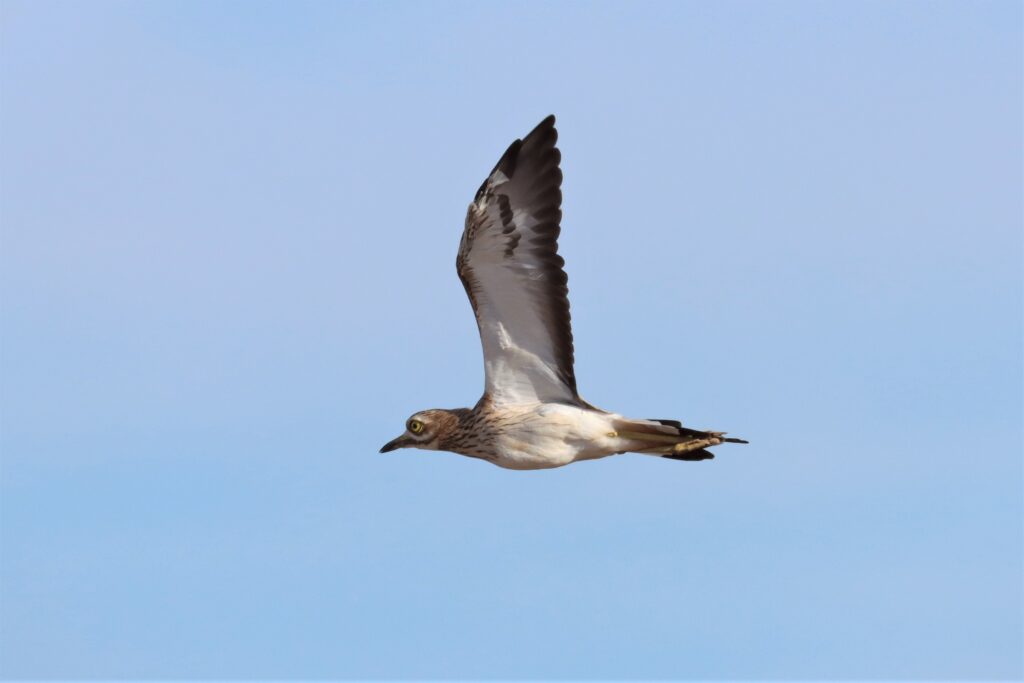
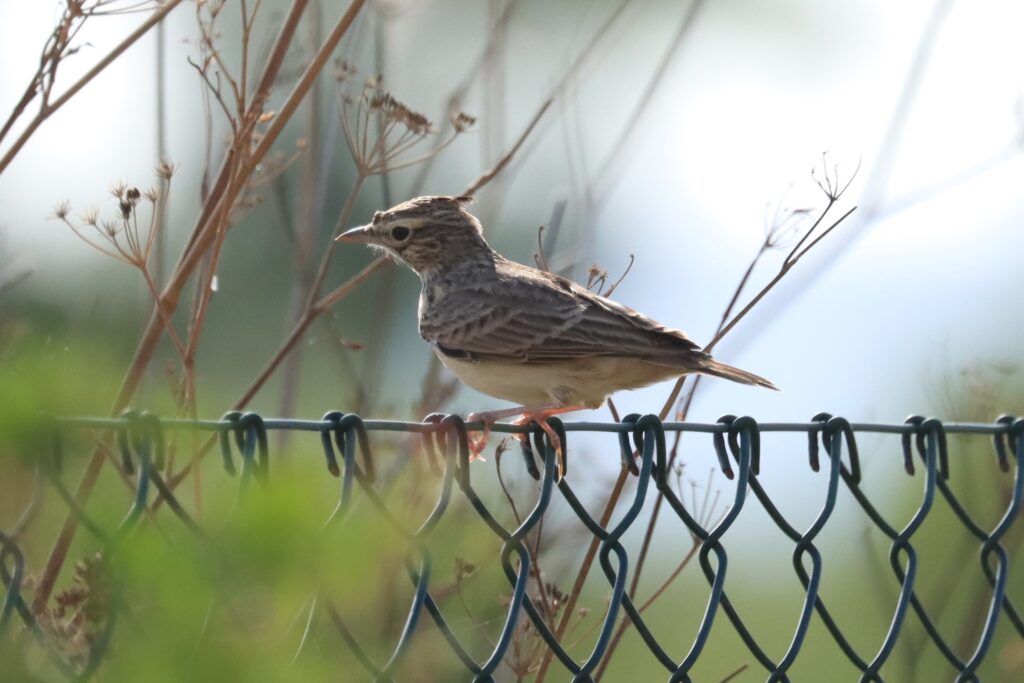
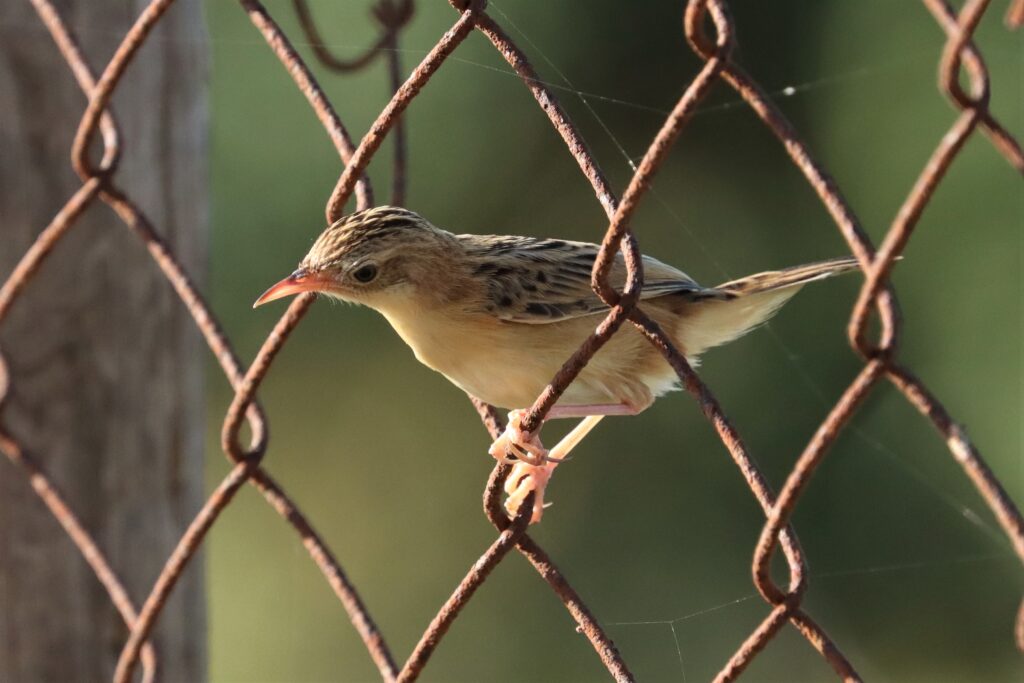

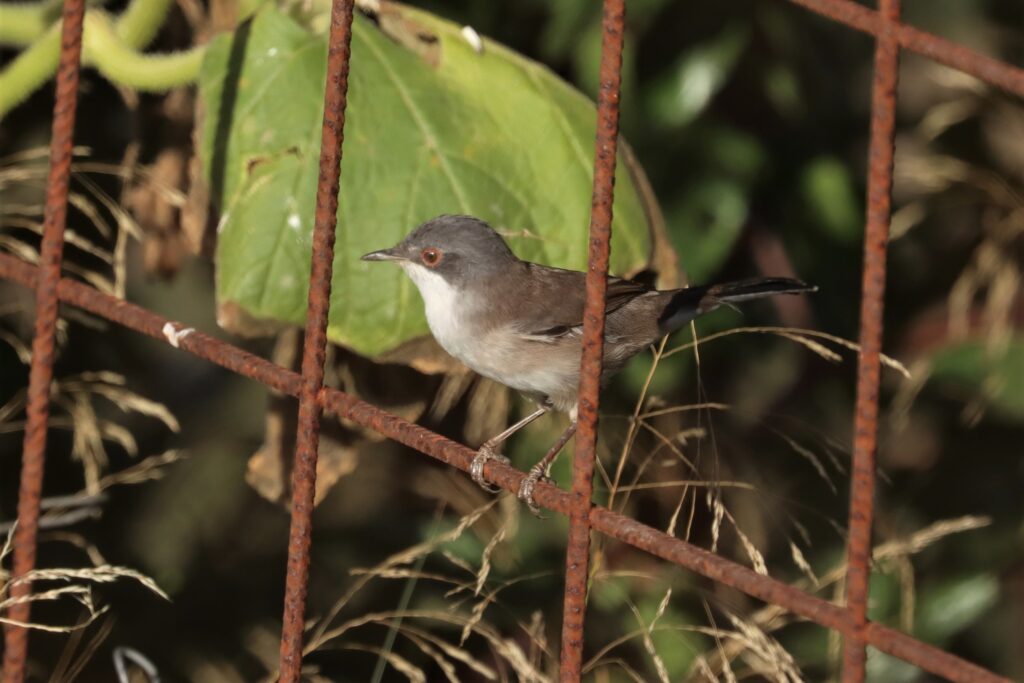
We saw over 100 species over the four days at just three sites and will be planning a tour here in the not so distant future! Keep and eye on the website! See below for a full list of species seen:
SPECIES LIST
Mute Swan (of unknown origin), Cormorant, Greater Flamingo, Grey Heron, Purple Heron, Night Heron, Squacco Heron, Great White Egret, Little Egret, Cattle Egret, Little Bittern, Glossy Ibis, Avocet, Black-winged Stilt, Black-tailed Godwit, Dunlin, Common Sandpiper, Green Sandpiper, Wood Sandpiper, Curlew Sandpiper, Curlew, Ruff, Common Snipe, Greenshank, Spotted Redshank, Ringed Plover, Little Ringed Plover, Kentish Plover, Stone Curlew, Western Swamphen, Water Rail, Coot, Moorhen, Red-knobbed Coot, Shelduck, Red-crested Pochard, Eurasian Teal, Garganey, Gadwall, Shoveler, Mallard, Marbled Duck, Common Pochard, Little Grebe, Woodpigeon, Collared Dove, Common Swift, Pallid Swift, Black-headed Gull, Audouin’s Gull, Yellow-legged Gull, Osprey, Griffon Vulture, Cinereous Vulture, Marsh Harrier, Booted Eagle, Red Kite, Kestrel, Peregrine, Eleanora’s Falcon, Scops Owl (heard only), Red-legged Partridge, Woodchat (Balearic) Shrike, Hoopoe, European Roller, Wryneck, Kingfisher, Great Tit, Fan-tailed Warbler (Zitting Cisticola), Eurasian Reed Warbler, Great Reed Warbler, Barn Swallow, House Martin, Sand Martin, Crag Martin, Willow Warbler, Cetti’s Warbler, Sardinian Warbler, Balearic Warbler, Blackcap, Firecrest, Blackbird, Blue Rock Thrush, Wren, Common Redstart, European Starling, Raven, Spotted Flycatcher, Pied Flycatcher, Nightingale, Stonechat, Whinchat, Northern Wheatear, Black-eared Wheatear, Tree Pipit, Thekla’s Lark, House Sparrow, Tree Sparrow, Yellow Wagtail, Greenfinch, Goldfinch, Linnet, Serin, Crossbill, Reed Bunting.
Book a Tour Here
If you would like further details about private tours to Mallorca please contact Paul at [email protected] to discuss further. We can arrange bespoke 4-5 day tours based on the trip report above.
Other Wildlife
